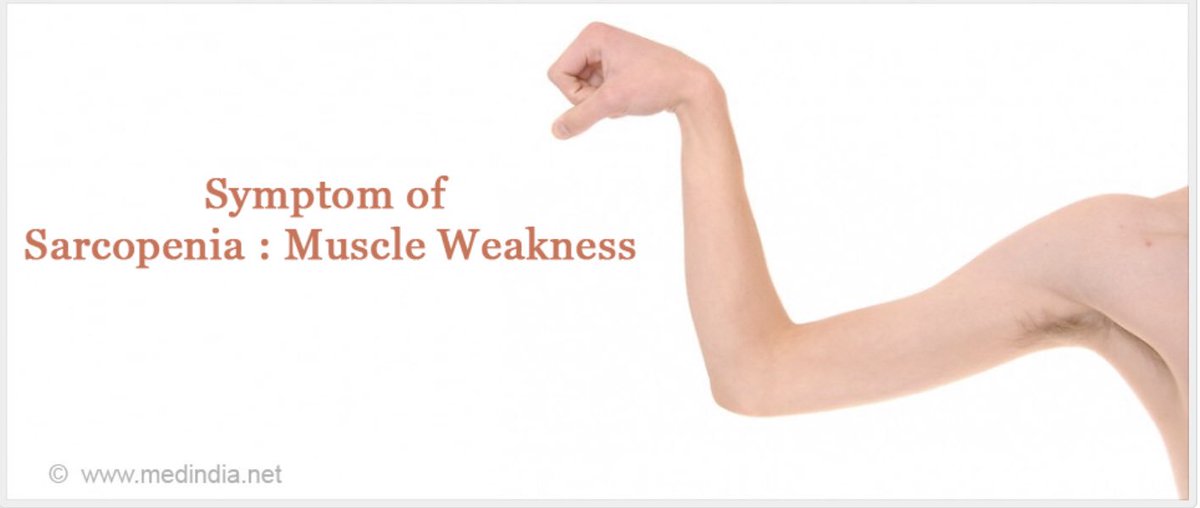Current evidence is strong that sarcopenia can be improved by physical activity and nutrition.
⬆️ QOL
⬆️ psychological well-being
Better mental health and social integration
⬇️ risk of developing many chronic diseases
⬇️ risk of falling
⬆️likelihood of living past 80 years-old
Half the risk of dying with a disability
⬇️ inflammation
⬇️ risk of cardiometabolic disease
⬆️ muscle mitochondrial content and vascular inaction
Small ⬆️ in muscle fiber size in older adults without ⬆️ force generated
⬆️ sensitivity of muscle to protein
Increased muscle mass/surface area
Improved muscle function (force and power)
Improved balance
Improved flexibility






















